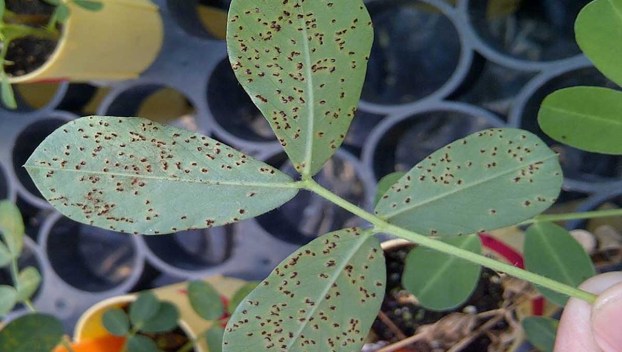
Local News
Peanut rust discovered in Tift County
TIFTON, Ga. — Georgia farmers need to be wary of peanut rust disease after it was discovered in ... Read more

TIFTON, Ga. — Georgia farmers need to be wary of peanut rust disease after it was discovered in ... Read more
In this issue!!!! Packer Park Nematode Field Day— October 9, 2018Late Season Management and Reminders (Freeman) Contamination Free ... Read more
Identifying corn diseases and pursuing the best management plan available just got easier, faster and more cost effective ... Read more